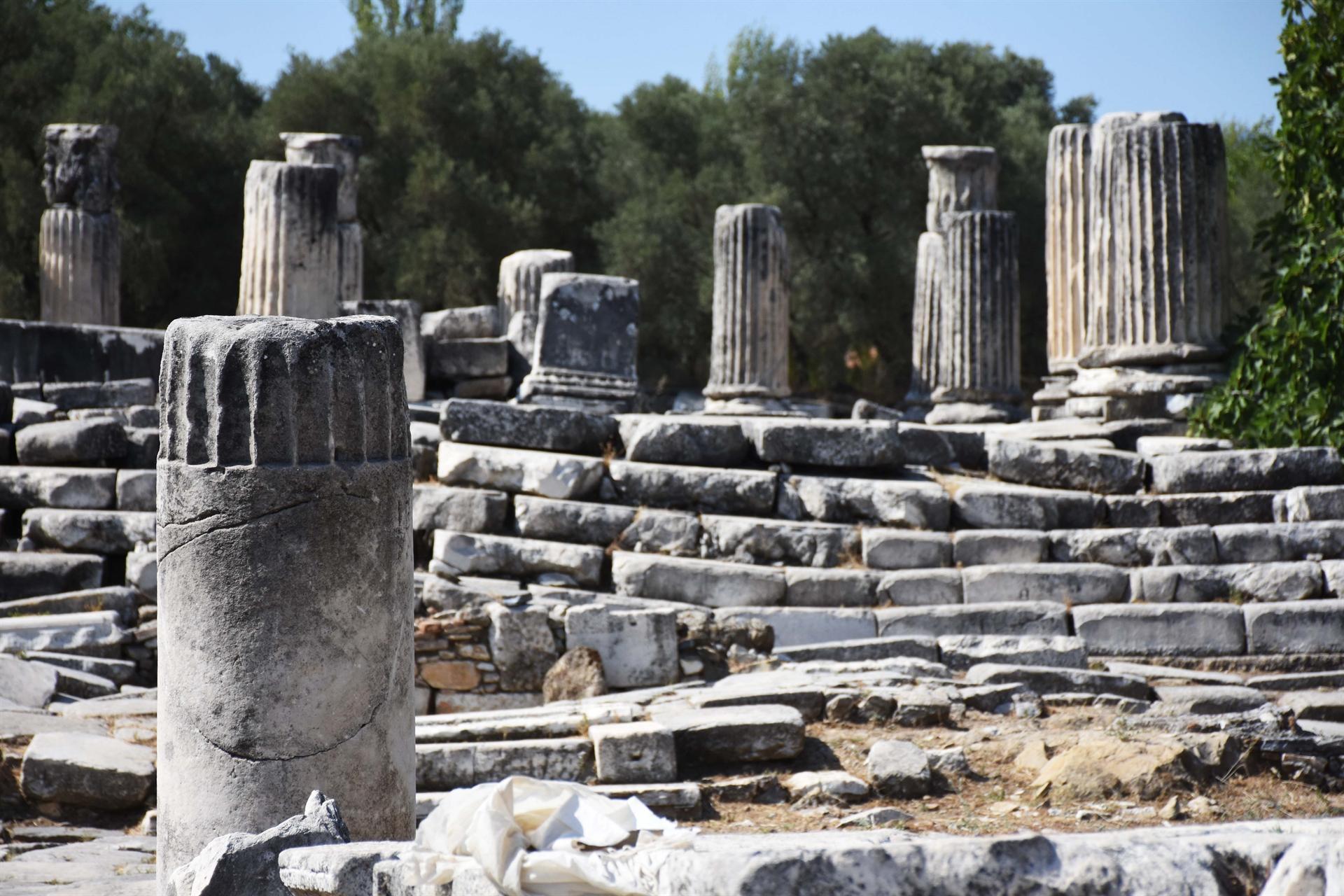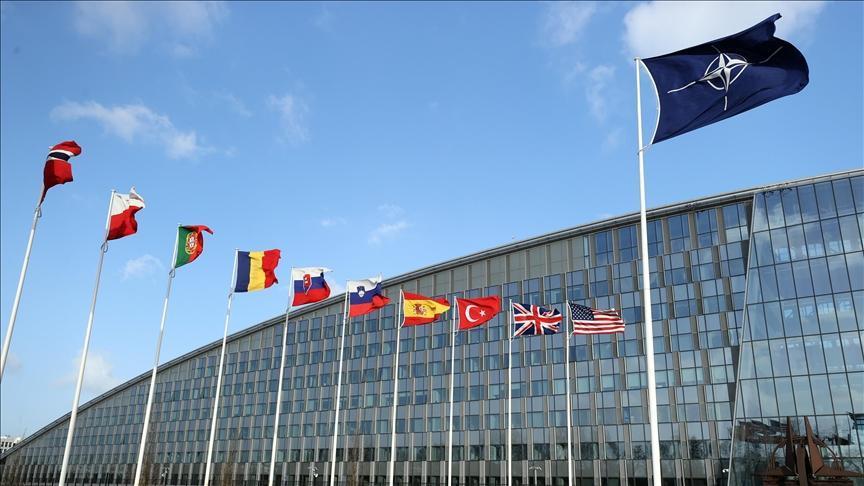Structures in Lagina Hecate Sanctuary revived
MUĞLA

The works carried out in the 3,000-year-old Lagina Hecate Sanctuary, located in the Yatağan district of the western province of Muğla and considered as the center of the Pagan belief, have gradually revived the structures for tourist attraction.
Speaking to the state-run Anadolu Agency, the head of excavations, Professor Bilal Söğüt, said Lagina was the religious center of Stratonikeia ancient city, about 8.5 kilometers away.
Emphasizing the fact that the temple, which was built in the name of Hecate who was one of the important goddesses of the ancient period, is located in Lagina that made the sacred area even more important, Söğüt said, adding that no larger sanctuary than this one had ever been built in the name of the goddess Hecate.
Explaining that they carried out excavation, conservation and restoration work in Stratonikeia and Lagina Hecate Sanctuary, Söğüt said that works continued on buildings dating back to ancient times in both areas.
Stating that they focused on excavation and restoration works in Lagina this year, Söğüt said, “In addition to the excavations we carried out in the sanctuary in Lagina, there are structures that we know from inscriptions. We know that there are entrance gates, altar, stoa, fountain and houses here. In the area in front of the Propylon [monumental gateway], we are digging an area where many artifacts have been found. At the same time, we are carrying out restoration work on the architectural blocks of the Propylon. We discovered some findings from the continuation works of Osman Hamdi Bey, which he brought to Istanbul.”
Excavations carried out in 1891-1892 by Osman Hamdi Bey, one of the first Turkish museum founders, continued at various intervals until 2011 and many artifacts unearthed in the region are exhibited in the Istanbul Archeology Museum and Muğla Museum, founded by Osman Hamdi Bey.
Söğüt stated that they preserved the architectural blocks with the most important inscriptions of the ancient period unearthed in the area.
[HH] Most important religious center of the ancient city
Stating that their purpose was to show the visitors the artifacts unearthed in the sacred area and to explain that the ancient city was an important religious center, Söğüt said, “For the first time in Lagina, we came to know that the half-round entrance of the Propylon was on the west side. There was a section with a triangular pediment to the east of the same door and the blocks of that area are about to be completed now. During the works, we will restore the northern pediment of the Lagina Hecate Temple in the upcoming period and we will discern a different arrangement that visitors can see even the door in the middle of the pediment while walking.”
















